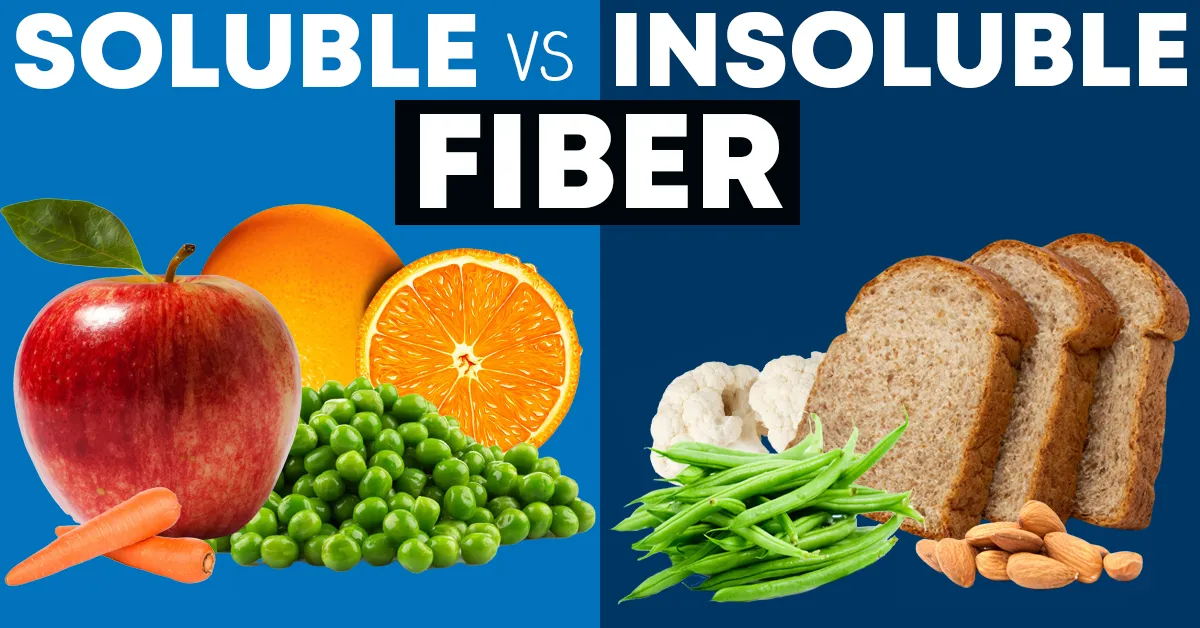Fiber influences the weight and size of your stool, and it helps you maintain regular bowel movements. But not all fiber is the same – there are two types of fiber; soluble and insoluble fiber.
Both types of fiber are important, and you may already be getting a good mix of both.
What is Soluble Fiber?
As the name would suggest, soluble fiber dissolves in water and turns into a gel during the digestion process. This resulting gel can slow down your digestion process – keeping you full longer, while still reducing constipation.
Soluble fiber can also aid your gut health and potentially lower your risk of diabetes. This is because soluble fiber has been connected to a decrease in blood sugar. An increase of two servings of whole grains can potentially lower your diabetes risk by up to 21 percent.
Examples of foods with soluble fiber include: oats, peas, beans, apples, citrus fruits, carrots, and barley.
What is Insoluble Fiber?
While both types of fiber help maintain your regular bowel movements, insoluble fiber is the one you are likely most familiar with. It helps you pass softer, but larger, stools. Additionally, it also helps speed up the process of food going through your stomach.
Examples of foods with insoluble fiber include: whole-wheat flour, wheat bran, nuts, beans, cauliflower, green beans, and other vegetables (notice how beans are listed in both types of fiber).
Is One Type of Fiber Better than the Other?
In most cases, no. It is not important to track which type of fiber you are consuming, because in most cases, you are already consuming plenty of both. This is why insoluble and soluble fiber is not listed separately by type on nutrition fact labels.
Men are recommended to consume more fiber than women each day, with those over the age of 50 being recommended less fiber.
Men: 38g if under age 50 / 30g if over age 50
Women: 25g if under age 50 / 21g if over age 50


